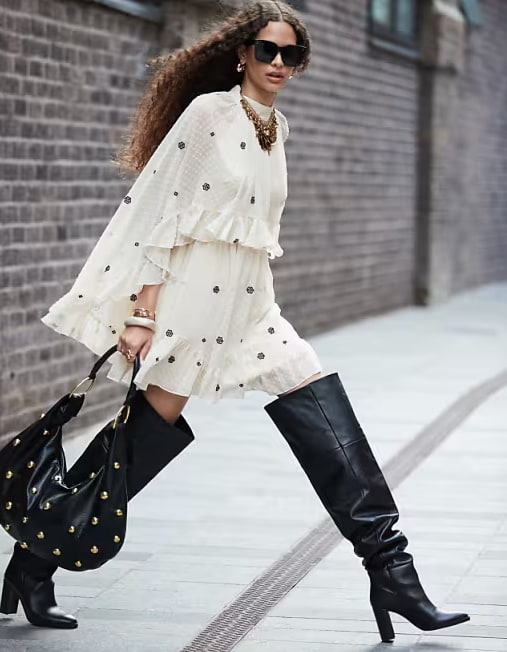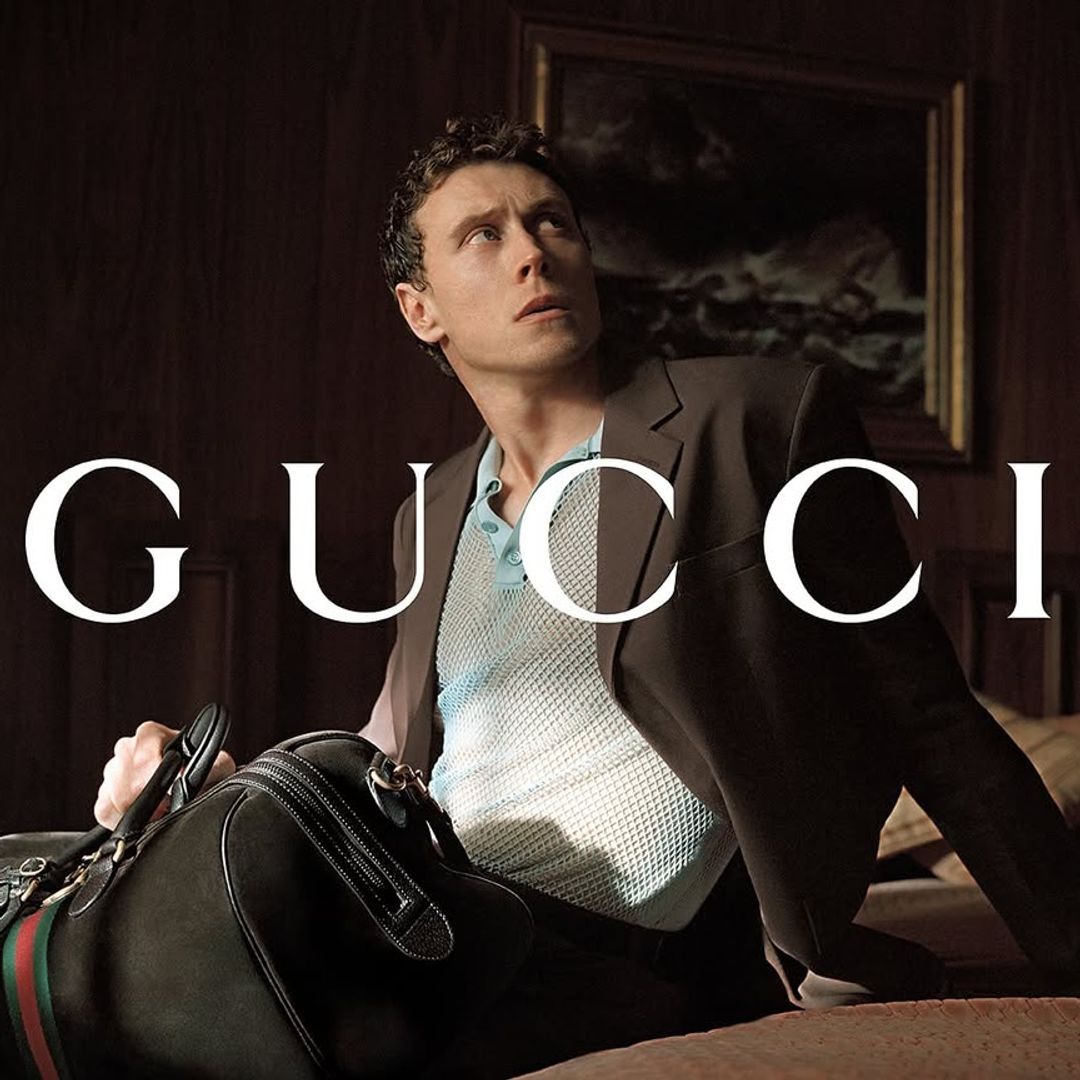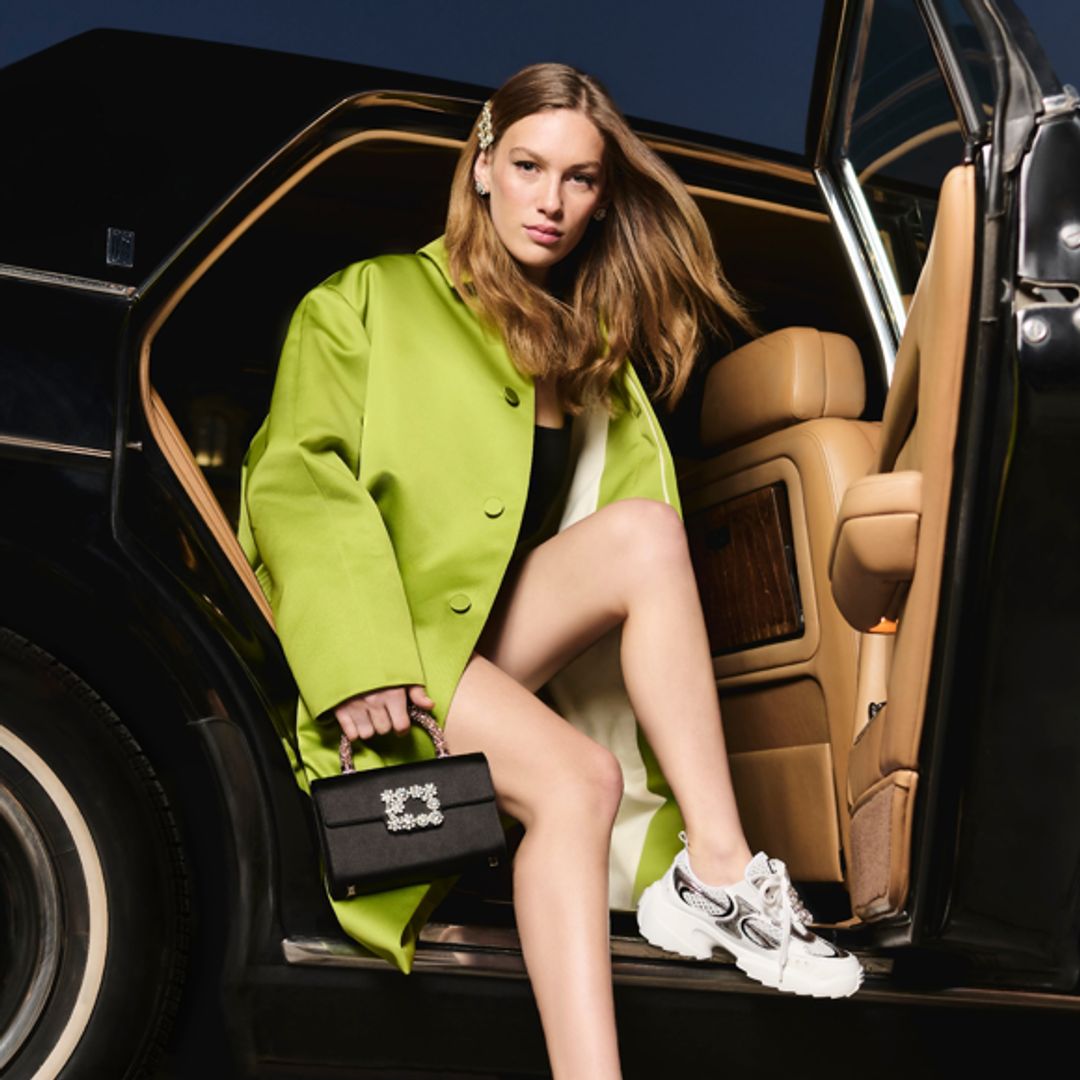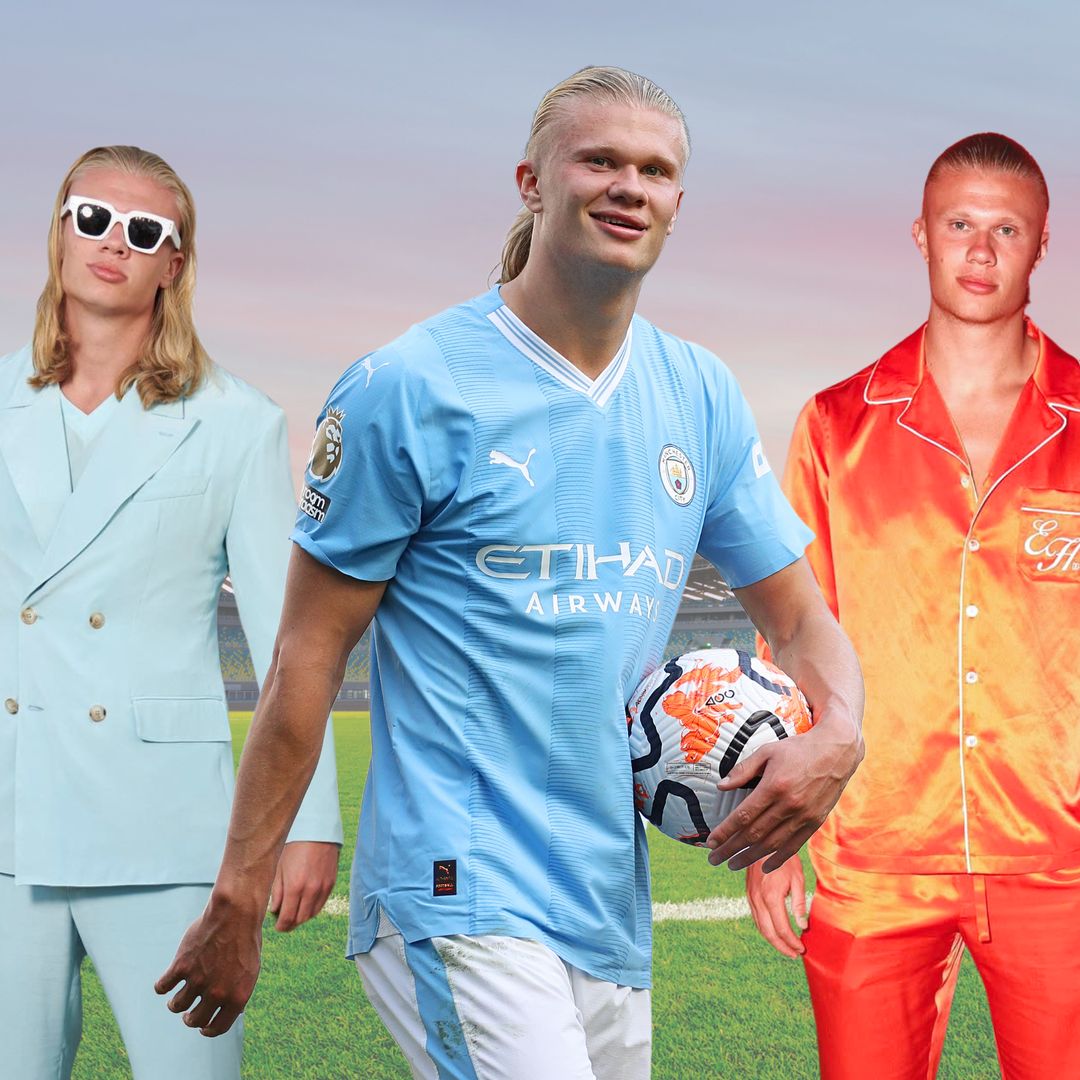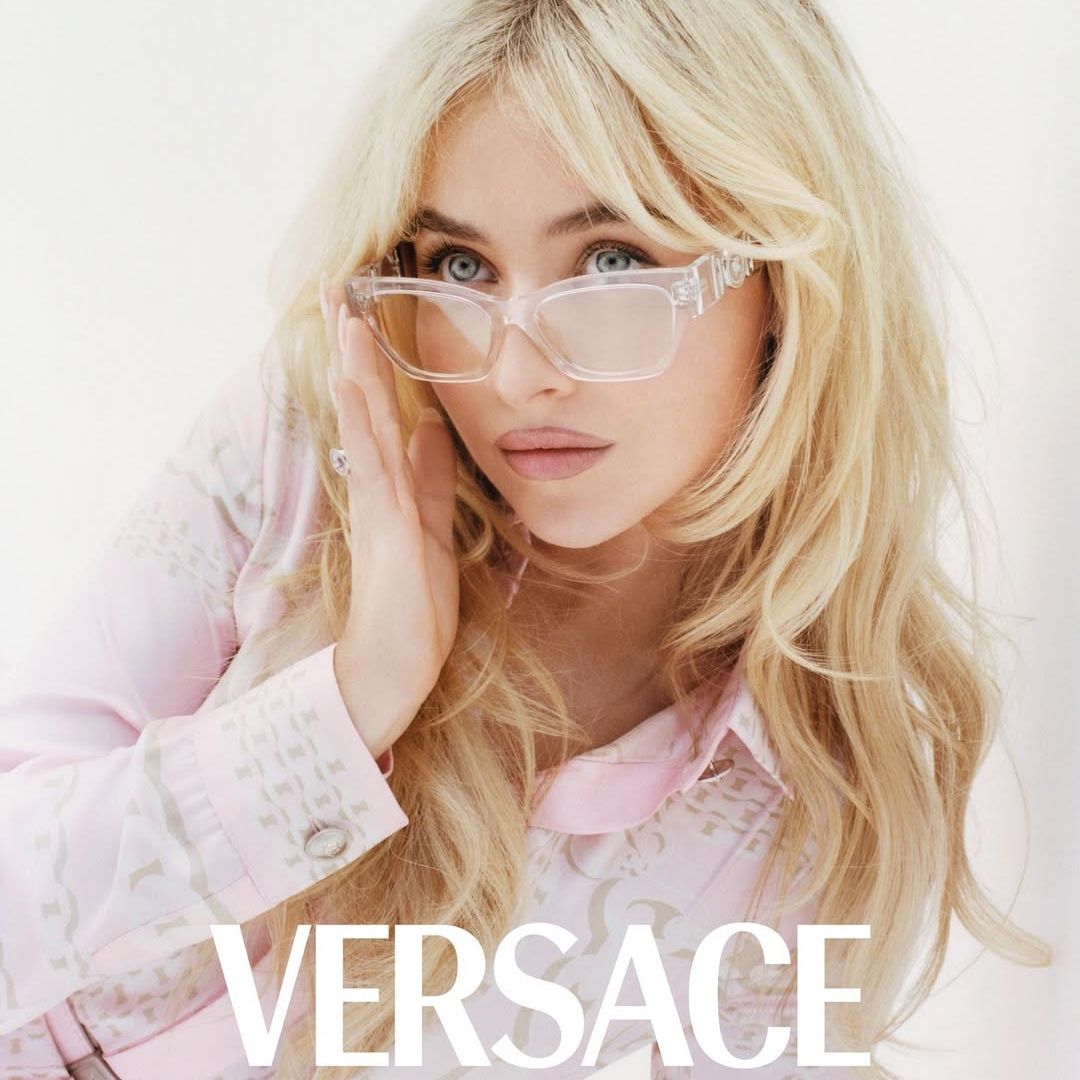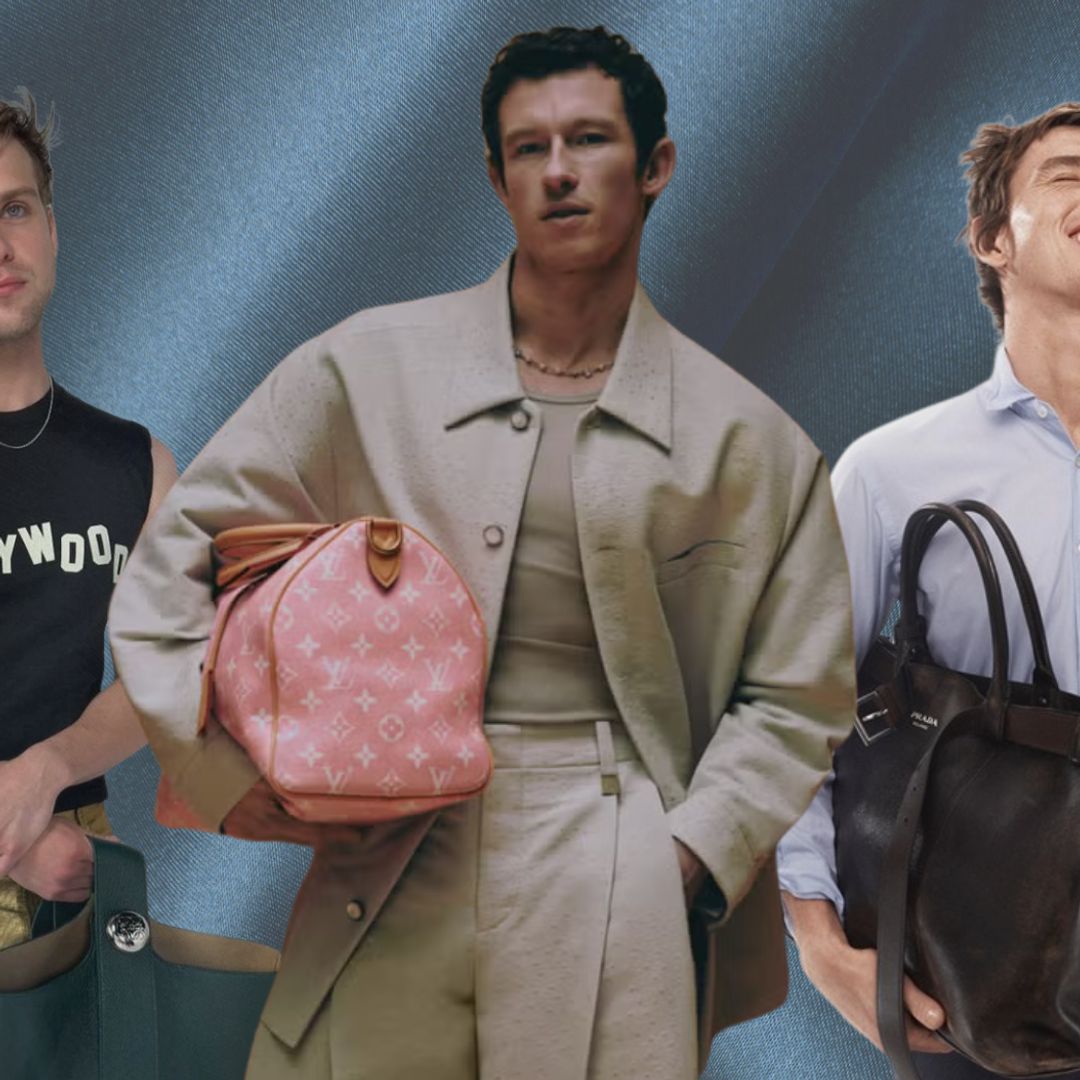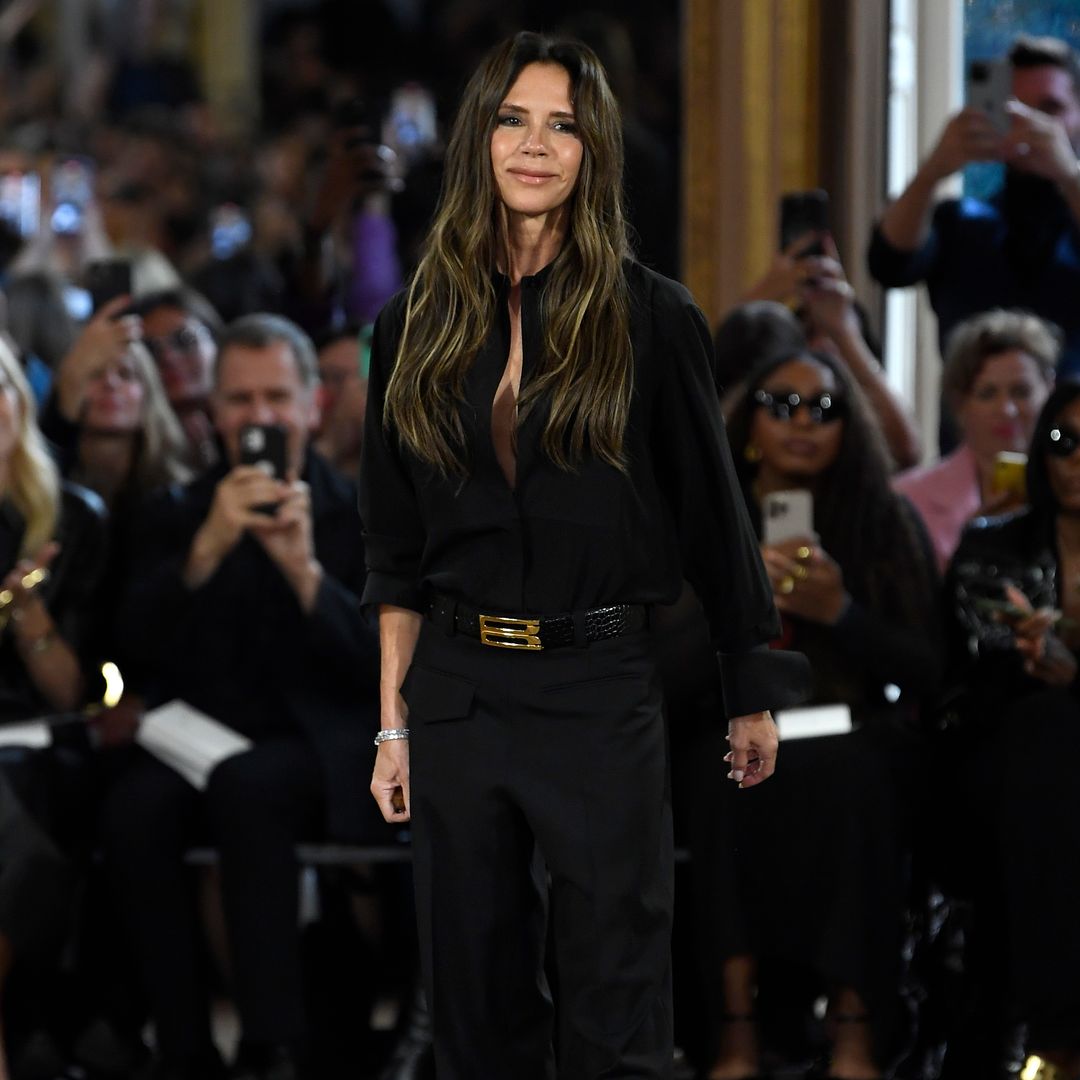AI has slipped into fashion consumption as predicted. Chat GPT is making lightwork of copywriting, finding new ways to encourage shoppers to add that extra product to their online basket. Trend forecasting giants like WGSN have leveraged AI algorithms to help predict what trends are on the horizon. Valentino and Moncler used AI-generated campaigns to pique consumer interest. AI influencers that mirror human behaviour are officially a thing.
Daunting as it may seem, it’s not all bad news. Augmented reality (AR) is allowing customers to try before they buy, in turn reducing waste produced by the shopping system. Supply chain visibility is also being enhanced by AI, which is enabling brands to ensure products reach the right regions with minimal excess.
While several brands are toying with AI to help improve their brand ethics, others are using the technology to push the boundaries of clothing consumption.
ASOS is set to introduce a negotiation tool for consumers buying River Island products. The button allows shoppers to haggle with an AI chatbot called Nibble, allowing for a back-and-forth price debate between bot and buyer.
There’s a lot to unpack. Said gamification of fashion triggers a change in consumers' psychology, making the shopping experience feel exciting and near-addictive as each deal is time-sensitive. Naturally, this has raised eyebrows, especially among fashion’s sustainable set who are campaigning for change.
Addressing ASOS’ latest endeavour, sustainable activist Dr Brett Staniland says: “Why on earth we are now contesting to pay even less for a £15 dress I do not know. The depreciation of our clothes has landed us in a textile waste crisis, fuelling the fashion climate crisis. All this plastic clothing, devalued over and over again for a single wear. No one cares about clothes they aren’t connected to and this doesn’t connect us to anything. Gamifying shopping leads to more impulsive purchases, of things we simply don’t need and didn’t even want in the first place.”
According to Reflect Digital, it is reported that 87 per cent of retailers could be using gamification in their marketing strategies within the next five years. Yet, there are ways to engage in gamification of clothing in more considered ways.
READ: How to clean your leather handbag in 4 simple steps according to an expert
READ: Best vintage summer dresses to shop now
“People can get this gamification fix on Vinted. The 'hit' is even better when you buy an item that’s usually out of your price range and is from a slow fashion brand,” wrote one user in response online.
Another added: “Why not put the money that has been used for this bot to actually pay the workers making the clothes? Or use the money on quality materials and not plastic.”
With AI having taken over the role of stylist, negotiator and writer, many are concerned as to the future of fashion. ASOS’ divisive new marketing tool feels enthralling to some and insidious to others.
“Realistically there are massive losers in this and it isn’t ASOS or River Island,” says Staniland. “It’s garment workers and people who work in the supply chain. It’s people who live in areas where this plastic clothing ends up in landfill.”
MORE: What is ‘Underconsumption Core’ and why did it go viral?
MORE: Quiet Luxury Decor: The 2024 interior design trend to try this summer and beyond
AI has made fashion personal again - but there’s a strong sense of dystopia in the mix. It's increasingly blurring the line between accessibility and excess. A brimful of convenience wrapped up in glossy packaging.
In the end, AI in fashion shopping is the ultimate paradox: a personalised experience, mass-produced.


